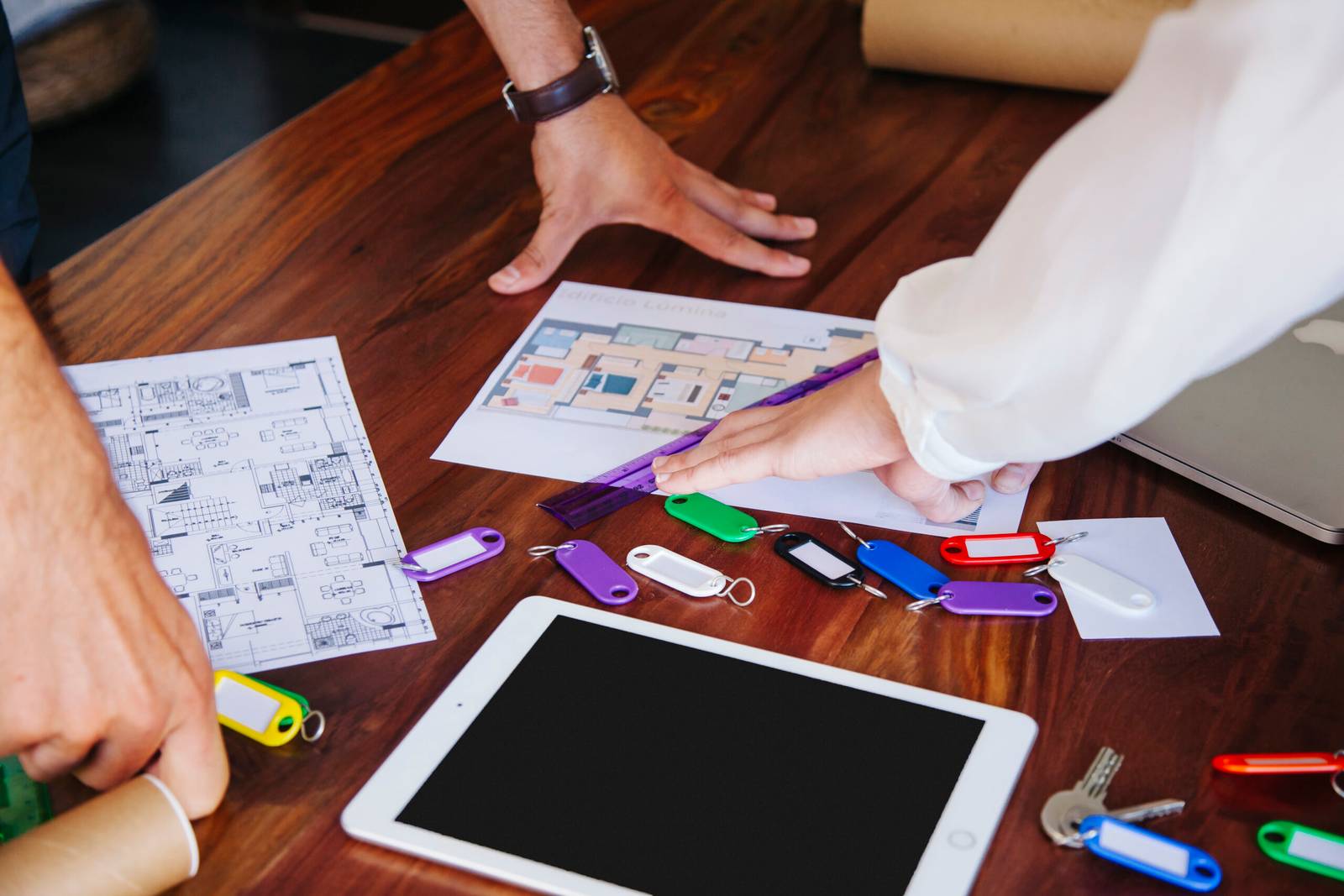UX Design: Crafting Intuitive Digital Interfaces

by Web Digital
In the ever-evolving landscape of digital technology, user experience (UX) design has emerged as a critical component of creating successful digital products. Whether it’s a mobile app, website, or software program, the user interface (UI) and overall user experience play a pivotal role in determining a product’s success. This article explores the world of UX design, delving into its principles, methodologies, and the profound impact it has on the way we interact with digital products.
1. Understanding User Experience Design
User Experience Design, often abbreviated as UX design, is the process of designing digital products with a primary focus on creating a positive and seamless experience for the end user. It encompasses a wide range of elements, including usability, accessibility, aesthetics, and overall user satisfaction.
At its core, UX design is about putting the user at the center of the design process. It involves understanding user needs, preferences, and behaviors to create intuitive and user-friendly interfaces. The ultimate goal is to ensure that the product meets the user’s needs efficiently and delightfully.
2. The Role of User Interface (UI)
While UX design covers the entire user journey, including research, interaction flows, and usability testing, the User Interface (UI) design focuses on the visual and interactive elements of the product. UI designers work on crafting the look and feel of the product, including elements such as buttons, menus, typography, colors, and layout.
The UI is the bridge between the user and the product, and it plays a critical role in making the user’s interaction with the product smooth and enjoyable. A well-designed UI should align with the product’s brand identity, be visually appealing, and provide clear guidance to users.
3. The Principles of UX Design
Effective UX design is guided by several key principles:
a. User-Centered Design: The user’s needs and preferences should be the primary consideration in every design decision. User research, personas, and feedback are essential tools in this process.
b. Usability: The product should be easy to use and navigate. Users should be able to achieve their goals without unnecessary frustration or confusion.
c. Accessibility: Digital products should be accessible to users with disabilities. This includes considerations for visual, auditory, and motor impairments, ensuring that all users can access and use the product.
d. Consistency: A consistent interface helps users build mental models of how the product works. This includes consistent navigation, visual design, and terminology.
e. Feedback and Responsiveness: Users should receive feedback for their actions, whether it’s through visual cues, notifications, or error messages. Responsiveness to user interactions also contributes to a seamless experience.
f. Simplicity: Keeping the design simple and avoiding unnecessary complexity is a fundamental principle of UX design. Simple designs are easier for users to comprehend and navigate.
4. The UX Design Process
The UX design process is iterative and typically involves the following stages:
a. Research: Understanding the target audience, their needs, pain points, and goals through methods like surveys, interviews, and user testing.
b. Ideation: Brainstorming and generating design concepts based on research findings.
c. Prototyping: Creating low-fidelity and high-fidelity prototypes to visualize and test design ideas.
d. Testing: Gathering feedback from users through usability testing to identify issues and refine the design.
e. Implementation: Collaborating with developers to bring the design to life, ensuring that the final product matches the design vision.
f. Evaluation: Continuously monitoring user feedback and behavior to make improvements and updates to the product.
5. The Impact of UX Design
The importance of UX design extends far beyond aesthetics. It directly impacts a product’s success, user satisfaction, and even business outcomes. Here’s how:
a. Increased User Satisfaction: A well-designed and intuitive interface enhances user satisfaction, leading to higher user retention and loyalty.
b. Reduced Bounce Rates: A user-friendly design reduces bounce rates (when users quickly leave a website), ensuring that users stay engaged with the product.
c. Enhanced Conversion Rates: E-commerce websites and apps benefit from UX design through increased conversion rates, as users find it easier to complete transactions.
d. Improved Brand Image: A positive user experience contributes to a positive brand image, making users more likely to recommend the product to others.
e. Lower Support Costs: A user-friendly design reduces the need for customer support and troubleshooting, leading to cost savings.
6. Challenges and Considerations
While UX design is crucial, it comes with its own set of challenges:
a. Balancing Stakeholder and User Needs: Designers often need to navigate the delicate balance between stakeholder requests and user needs, making sure the final product prioritizes usability.
b. Rapid Technological Changes: The fast pace of technological advancements requires UX designers to stay updated with the latest tools and design trends.
c. Cross-Platform Design:Designing for multiple devices and platforms, such as mobile phones, tablets, and desktops, presents unique challenges in creating consistent user experiences.
d. Ethical Considerations: UX designers must consider ethical implications, such as data privacy and the potential for addiction, in their designs.
7. The Future of UX Design
As technology continues to evolve, so does UX design. The future promises even more personalized and immersive user experiences. Virtual and augmented reality, voice interfaces, and AI-driven interactions are expected to play significant roles in shaping the next generation of digital products.
In conclusion, user experience design is at the heart of creating digital products that are not only functional but also enjoyable and effective. As businesses increasingly recognize the importance of user-centered design, UX designers are poised to continue shaping the digital landscape, ensuring that technology remains accessible and beneficial to all users. Whether it’s a website, app, or software program, the success of digital products hinges on the thoughtful application of UX design principles, creating interfaces that are truly intuitive and user-centric.
Recommended Posts

Sustainable Agriculture through Technological Solutions
December 1, 2023

AI in Precision Agriculture: Boosting Crop Yields
November 28, 2023

The Influence of Tech on Urban Planning
November 8, 2023
